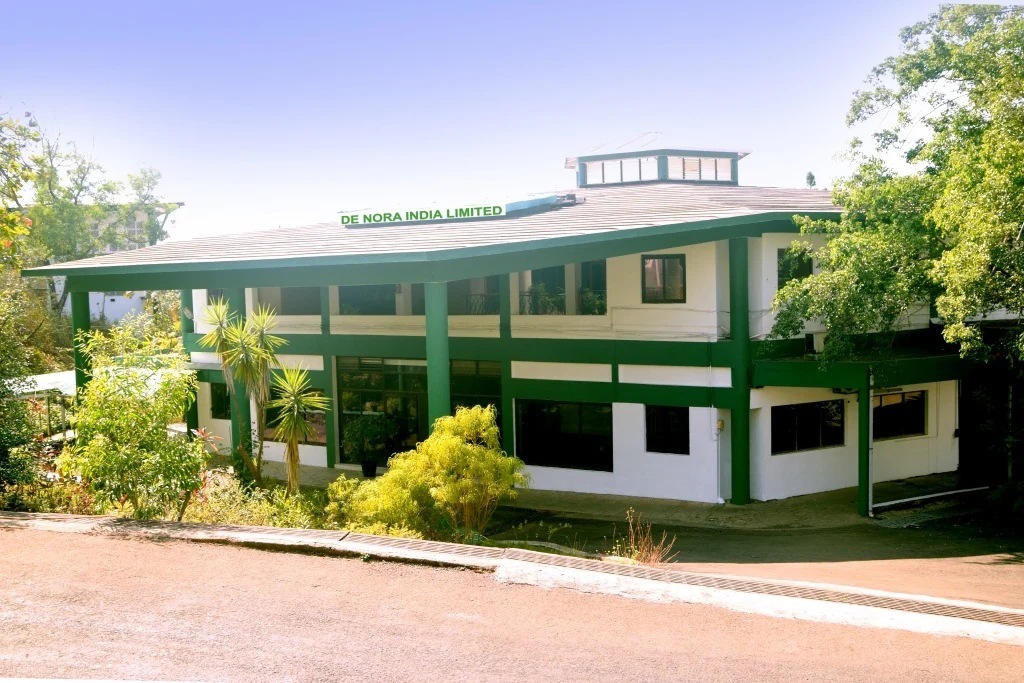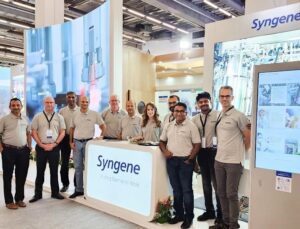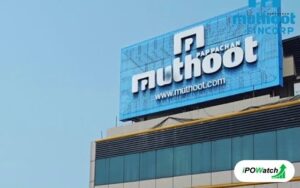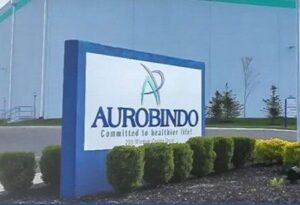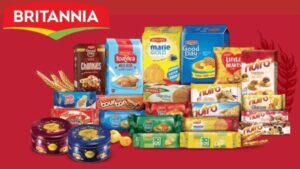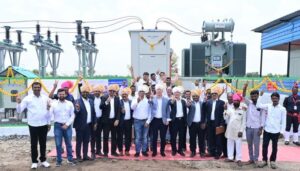1. At a Glance
Picture this: an Italian-origin electrochemical heavyweight, De Nora India Ltd (DNIL), trading at ₹809, backed by fancy-sounding technologies like “Electrochlorination” and “Noble Metal-Coated Electrodes” — and yet, with a return on capital that could barely power a table fan.
Market cap? ₹429 crore.Stock P/E? A Himalayan162x.ROE?1.84%— barely enough to make an accountant smirk.ROCE?0.88%, so low it probably needs its own electrolysis to revive itself.
In Q2FY26, the company reported sales of ₹21.84 crore and a PAT of ₹3.87 crore, marking an 18% jump YoY — not bad considering last year’s existential panic. The share has fallen37% over the past year, proving that even electrochemistry can’t shock the market into optimism.
But here’s the paradox — this is a zero-debt company, sitting on decades of technical credibility, holding orders from giants like Reliance, and having a monopoly feel in electrode recoating. It’s like a scientist who discovered electricity but forgot to file a patent.
So, what’s really going on inside this spark-plug of a company that looks premium on paper but performs like a voltage stabilizer in monsoon season? Let’s dissect this electrode by electrode.
2. Introduction
De Nora India isn’t your run-of-the-mill engineering firm. It’s the Indian cousin of the Italian De Nora Group — a global powerhouse with 24 companies, 10 countries, and 5 R&D centers spread across Italy, the U.S., and Japan. DNIL imports the Group’s tech and sells to India’s chlor-alkali and disinfection sectors — basically the electrochemical backbone of modern civilization.
Sounds glamorous, right? Except, when you look at the numbers, you realize it’s the classic case of “imported IQ, local marksheet.”
Sales have grown just7.29% over the past five years, while profits shrank85.5%in FY25. That’s not a typo — this company managed to turn electrolysis into a financial slow cooker.
Still, DNIL sits comfortably debt-free with a current ratio of2.61, meaning it’s as conservative as an Italian nun with a ledger book. And while other manufacturing firms battle leverage, De Nora India’s biggest risk seems to be boredom.
Maybe the biggest problem isn’t lack of growth — it’s lack of drama. Until, of course, the latest management shuffle dropped: new directorGuido Picarijoins the board as Robert Scannell resigns, and shareholders are voting on director remuneration from Nov 16–Dec 15, 2025. Finally, some current through the circuit.
3. Business Model – WTF Do They Even Do?
If you’re confused about what De Nora India actually manufactures, don’t worry — so is half of Dalal Street. Let’s decode it:
The company buildselectrochemical systems and components— basically the metallic heartbeats that power industrial chemical reactions. These aren’t household products; they’re the nerdy gadgets that make chlorine, caustic soda, and hydrogen possible.
Their portfolio includes:
- Anodes for Chlorine Evolution(for chlor-alkali plants)
- Anodes for Oxygen Evolution(used in industrial oxidation)
- Cathodes for Hydrogen Evolution(yes, that’s as cool as it sounds)
- Disinfection & Electrochlorination systems(used in water treatment)
- Electrodes for Cathodic Protection(saves pipelines and ships from corrosion)
Essentially, De Nora sells the invisible backbone of modern industry — the kind of tech that’s critical yet unglamorous. Their systems clean water, extract metals, and produce chlorine gas — while your mutual fund app wonders why EPS hasn’t moved.
And here’s the kicker —78% of revenuecomes from services like recoating and maintenance, not from new product sales. Only16%is from actual hardware. It’s like they’re a spa for worn-out electrodes.
The company’s biggest clients? Industrial bigwigs, includingReliance Industries, who ordered ₹48 crore worth of electrode recoating in 2023 to be completed by FY25. In short, De Nora India is that quiet ITI topper everyone ignored — until RIL called him for an urgent maintenance gig.
4. Financials Overview
Figures in ₹ crore (as reported)
| Metric | Latest Qtr (Sep FY26) | YoY Qtr (Sep FY25) | Prev Qtr (Jun FY26) | YoY % | QoQ % |
|---|---|---|---|---|---|
| Revenue | 21.84 | 18.13 | 41.97 | 20.5% | -47.9% |
| EBITDA | 4.02 | 3.21 | 2.44 | 25.2% | 64.7% |
| PAT | 3.87 | 3.28 | 3.25 | 18.0% | 19.1% |
| EPS (₹) | 7.29 | 6.18 | 6.12 | 18.0% | 19.1% |
Annualised EPS = ₹7.29 × 4 = ₹29.16 → P/E ≈27.7x
(educational calc; actual screener shows 162x based on TTM).
Commentary:Revenue up, profit up, but QoQ volatility looks like a seismograph. One quarter it’s a volcano, next it’s an iceberg. When your EBITDA margin swings between -2% and 55%, you know it’s not business as usual — it’s business as mood swings.
5. Valuation Discussion – Fair Value Range
Let’s crunch some quick educational math:
a) P/E Method:Annualized EPS = ₹29.16Industry P/E = 40x→ Fair Value Range = ₹29.16 × (30–40) = ₹875 – ₹1,166
b) EV/EBITDA Method:EV = ₹418 crore; EBITDA (TTM) ≈ ₹5.8 crore → EV/EBITDA ≈ 71.8x (as per screener)If normalized to 20–30x range (industry median), Fair EV Range ≈ ₹160–₹240 crore → Fair Price Range ≈ ₹310–₹465
c) DCF Method (Simplified):Assume FCF ₹6 crore, growth 5%, discount 11%→ Value ≈ ₹6 × (1.05)/(0.11–0.05) = ₹105 crore → ₹200 per share
Educational Fair Value Range: ₹310 – ₹1,100
This fair value range is for educational purposes only and is not investment advice.
6. What’s Cooking – News, Triggers, Drama
Oh, there’s finally some masala:
- Q2FY26 Results (Nov 5, 2025):Stronger quarter, new director onboard, Robert Scannell out. The company also announced a postal ballot (Nov 16–Dec 15) to approve director remuneration. Corporate governance cosplay continues.
- Order Book:The ₹48 crore Reliance recoating order (May 2023) remains a key revenue trigger. Imagine Reliance calling you for maintenance — that’s like NASA asking you to check their batteries.
- No Renewal with Gurukrupa Engineering:Contract expired Oct 31, 2025. The company clarified “no material operational impact,” which usually translates to “we found cheaper service.”
- Management Reshuffles:CFODeepak Nagvekarpromoted to Whole-Time Director in Sept 2025. Italy still calls the shots through the parent Oronzio De Nora International B.V., holding 53.68%.
DNIL’s story is that of a quiet performer suddenly getting attention for all the wrong reasons — poor returns, leadership exits, and lumpy sales. Yet the tech it sits on? Pure gold… or at least, noble-metal-coated.
